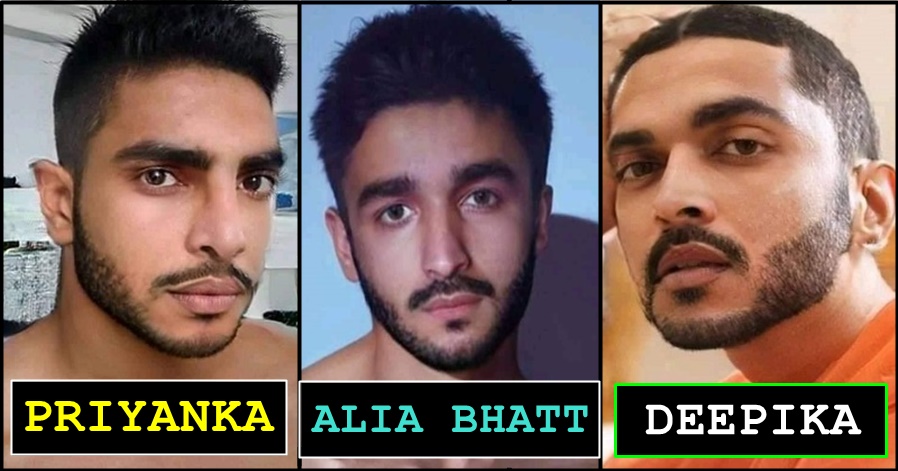No products in the cart.
Can Government remove poverty simply by printing more and more notes? Here is full detail
It is 2021 and there are people (educated people) who still believe that people in poor countries are poor because they don’t have enough money and that the government/central banks should print more money and hand it out to the people.
You often hear that the Reserve Bank of India (RBI) has increased its repo rate and slashed the reverse repo rate.
Repo and Reverse Repo Rates:-
The repo rate is the rate at which the RBI lends to private and public sector banks. The reverse repo rate is the rate at which the RBI borrows from banks. These rates have a direct impact on interest rates and Inflation. This policy is called Monetary Policy which is constituted by RBI.
In India, monetary policy of the Reserve Bank of India is aimed at managing the quantity of money in order to meet the requirements of different sectors of the economy and to increase the pace of economic growth.
RBI plays an important role in controlling inflation without harming the economic growth. Some people might be thinking why RBI doesn’t print enough money to eradicate poverty from the country. Because printing currency is not a solution at all.
If you print more and more notes, the households will have more cash and more money to spend on goods. Firms will respond to the increased money supply by jacking up the prices resulting in inflation. The value of the currency will start decreasing as more money will be required to fetch the same amount of goods or services.
Anything which is available more than the demand loses its value. Same goes with currency too. Printing more money than necessary will depreciate its value.
Venezuela once made a huge mistake to eradicate poverty from the country. It printed more and more money which resulted in hyperinflation in the country. Zimbabwe also did the same. When any government prints too many currency notes, its effective value decreases due to inflation. Hence there is no effect of it on poverty.
When Zimbabwe was hit by hyperinflation, in 2008, prices rose as much as 231,000,000% in a single year. Imagine, a sweet which cost one Zimbabwe dollar before the inflation would have cost 231m Zimbabwean dollars a year later.
If a country prints more money without making more things, then prices just go up. If everyone gets more money to spend, it won’t mean that more people can afford to buy them. The sellers will just put the price up.
It is to be noted that the inflation is controlled by the Central Bank. Controlling inflation is an important part of RBIs functioning core. There are certain measures that are employed by the Central bank to restrict inflation and control cash flow.
Here are a few of those methods:
Repo Rate
Repo rate is the rate at which RBI (Reserve Bank of India) lends money to commercial banks. Repo rate is often used by the government as a tool for inflation. Whenever the government wants to restrict the flow of money in the economy, it can increase the repo rate as a deterrence for commercial banks to borrow money. Thus, repo rate makes for a very important financial instrument that is reflexively used to restrict the quantity of cash.
CRR (Cash Reserve Ratio)
CRR is employed by the RBI as the amount commercial banks need to keep with them by default. Inflation can be directly controlled by the central government simply by means of increasing the CRR rate and thereby restricting the ability of commercial banks to lend money.
Reverse Repo Rate
Reverse Repo rate is the rate at which the RBI borrows from commercial banks. This is also used to control inflation as reverse repo rate helps RBI extract money from the economy when it feels like there is excessive cash rolling about in the economy.
The Reserve Bank of India plays the most crucial role in managing the economy of India, keeping a stable economic balance, and maintaining the cash and finance flows in the country.








